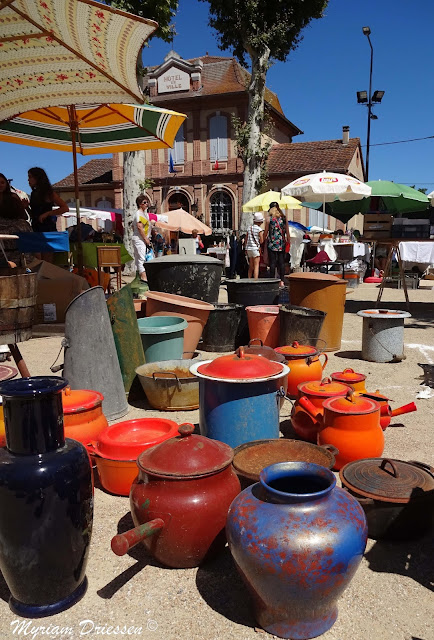
The silver-washed
fritillary (Argynnis (ex Dryas) paphia) is deep orange
with black spots on the upper side of its wings. The male possesses scent
scales (androconium) on the upper
side of the forewing that run along veins one to four. The scent produced from
these scales is a pheromone and attracts females and helps to distinguish it from other species.
Adults mainly feed on the nectar of bramble, thistles, and knapweeds, and also on aphid honeydew. It is pictured here on Eupatorium cannabinum. Its preferred habitat is thin, sunny, deciduous woodland, especially oaks.
Adults mainly feed on the nectar of bramble, thistles, and knapweeds, and also on aphid honeydew. It is pictured here on Eupatorium cannabinum. Its preferred habitat is thin, sunny, deciduous woodland, especially oaks.
Unusually for a butterfly, the
female does not lay her eggs on the leaves or stem of the caterpillar's food
source (in this case common dog violets), but instead one or two meters above
the woodland floor in the crevices of tree bark close to clumps of violets. When
the egg hatches in August, the caterpillar immediately goes into hibernation until spring. Upon awakening, it will
drop to the ground, and feeds on violets close to the base of the tree. It will
make its chrysalis amongst the ground vegetation, and the adults will emerge in
June.
The silver-washed fritillary is found over much of the Palearctic Eco zone – Algeria, Europe, temperate Asia and Japan. It was in decline in the UK for much of the 1970s and 1980s, but seems to be coming back to many of its old territories.
The silver-washed fritillary is found over much of the Palearctic Eco zone – Algeria, Europe, temperate Asia and Japan. It was in decline in the UK for much of the 1970s and 1980s, but seems to be coming back to many of its old territories.

































